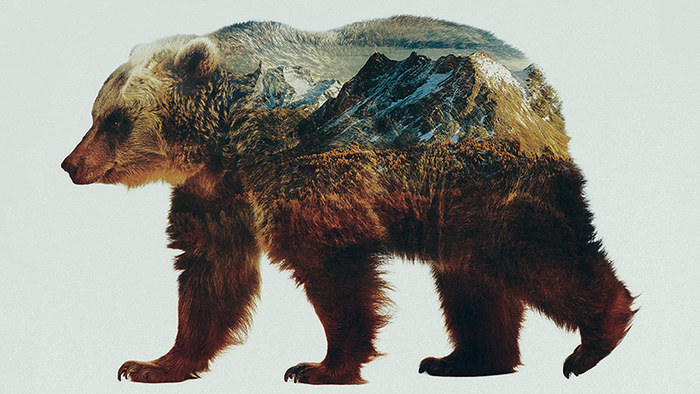Let’s start with the Bottom Line: If you think you already know what this movie is and where it’s headed, you don’t. And you should watch it.
I mentioned in our Ski Movie Roundup that I hadn’t seen Jumbo Wild yet for a couple of reasons, (1) because it hadn’t been released yet, and (2) it looked more like a political documentary than a ski movie—and I assumed that I already agreed with the point that Patagonia and Sweetgrass were going to make.
Jumbo Wild is definitely not a ski movie; what little skiing and snowboarding is in the film is top notch, but if you’re just looking for something just to get you stoked to hit the slopes, see Paradise Waits or After the Sky Falls instead.
Jumbo Wild is instead an incredible documentary that should appeal to skiers and non-skiers alike—regardless of which side of the debate you’re on.
Full disclosure: Sweetgrass is one of my favorite crews in skiing. Valhalla easily makes my all-time top 5 list, and if you haven’t seen Afterglow yet, you must have been living under some kind of rock. So a high bar has been set—a bar that I actually didn’t think the Jumbo Wild trailer, or the longer, extended preview lived up to. Fortunately, this is one of those times when the actual movie is much better than the trailer.
Jumbo Wild opens on a high note, and the lone figure conducting an orchestra of mountains and valleys sent those familiar Sweetgrass tingles across my skin.
But too soon, the film shifts to Nick Waggoner talking about how he came in search of the full story, Michael Moore fashion. I braced myself, ready for a flood of bias coming disguised as facts, propaganda packaged as “discoveries.” But that never happened.
Instead, we were treated to a surprisingly fair look at the situation. In fact, the first character I made an emotional connection with was the “bad guy,” Oberto Oberti, the architect who has been pushing since 1991 to develop a resort on the Jumbo glacier. He’s obviously a passionate individual, not just in it for the money, and it’s refreshing to see him portrayed as a three-dimensional person rather than a one-dimensional cliche—the played-out, profit-hungry, developer-villian that we’re all so used to seeing in the movies.
The film carries this balanced view throughout. It gives the protesters trying to protect the area a voice and lets them make their case, but it also lends equal time to those who wish to develop Jumbo—and more importantly, it gives them equal footing.
As far as I can tell, there is no tricky editing undermining their points, no unrelated backstory dug up to kill their ethos. Instead, Patagonia and Sweetgrass moderate a respectful debate.
Before I’d even watched it, I came into the film with my mind made up: We Must Keep Jumbo Wild! And while I left with mostly the same attitude, I felt more informed—and more conflicted—about the situation.
The film does a good job of making the points that resort skiing is an incredible gift, development is not always a bad thing, and that sometimes, it’s good and necessary to introduce people to the joy the mountains can bring.
So maybe (to paraphrase a line from the film) it’s not that development per se is the problem. The problem isn’t the building of ski resorts and the taming of mountains, the problem (and challenge) is being very deliberate and careful about where and how we do that.
Oberto Oberti wants to build a cathedral in the mountains, a mecca for skiers and mountain lovers to worship at. Those on the other side of the issue want to protect their own cathedral—a much less accessible, much more exclusive and rugged shrine.
While the makers of this film choose their side, Jumbo Wild is a film that respects you the viewer as well as the different voices in the debate, and successfully lays out the issues so that you can judge for yourself. This isn’t a propaganda vehicle or an indoctrination piece, it’s better than that.

